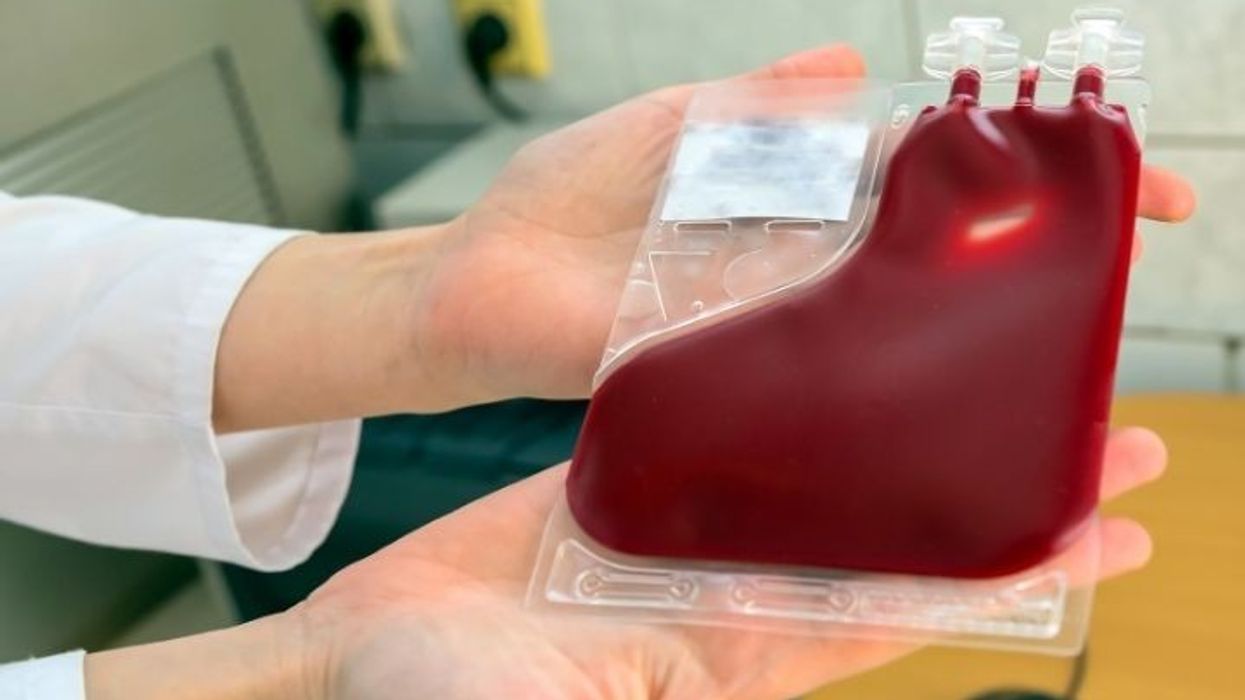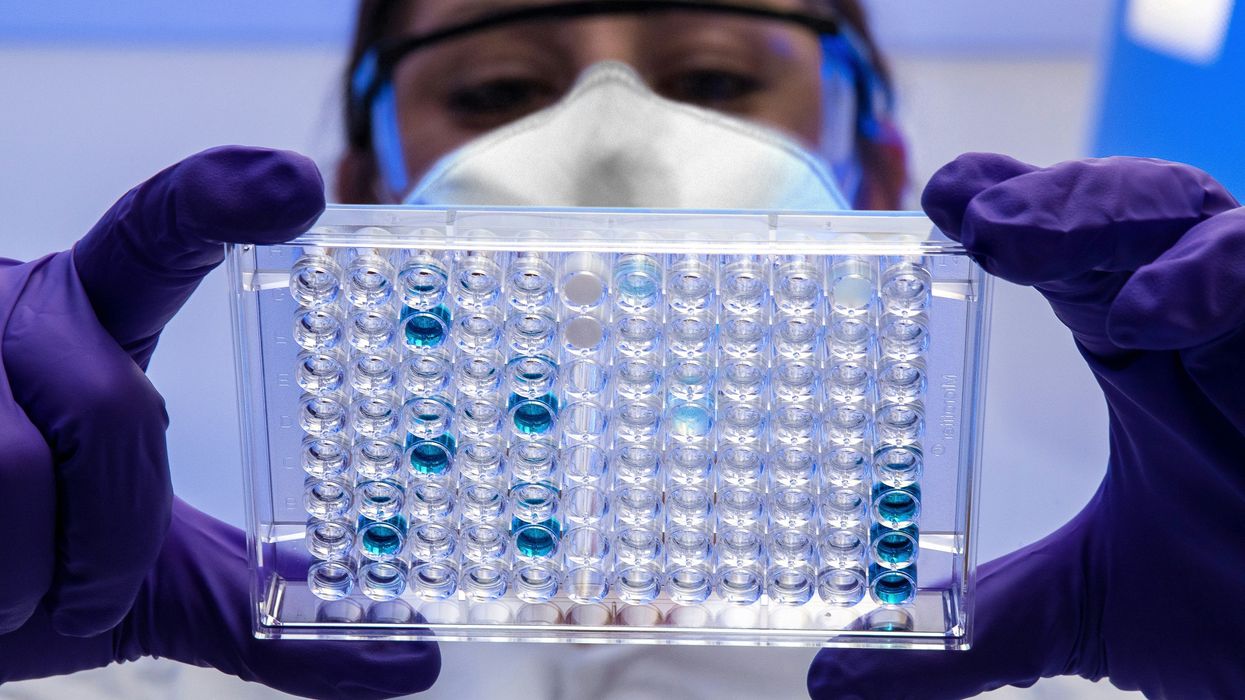Botox, a neurotoxin derived from the bacterium Clostridium botulinum, is widely known for its cosmetic applications. However, it has also gained recognition as an effective treatment for chronic migraines. Approved by the FDA for this use in 2010, Botox has since provided relief for many who suffer from this debilitating condition. This article delves into how Botox works to alleviate migraines and examines the research behind its efficacy.
How Botox Works for Migraines
Botox works by blocking the release of neurotransmitters that carry pain signals from the brain. When injected into specific areas around the head and neck, Botox enters nerve endings and prevents the release of chemicals involved in pain transmission, such as calcitonin gene-related peptide (CGRP). This disruption of pain signaling pathways helps reduce the frequency and severity of migraine attacks .
The standard Botox treatment for chronic migraines involves a series of injections at specific points around the forehead, temples, back of the head, neck, and upper back. A typical treatment session consists of 31 injections with a total of 155 units of Botox. The treatment is usually repeated every 12 weeks .
Research on Botox for Migraines
Pivotal Trials and FDA Approval
The efficacy of Botox for migraines was first established in two pivotal Phase 3 clinical trials known as PREEMPT 1 and PREEMPT 2 (Phase 3 Research Evaluating Migraine Prophylaxis Therapy). These trials, conducted in 2009, included 1,384 adult participants who experienced chronic migraines (defined as having 15 or more headache days per month, with at least 8 being migraine days).
The PREEMPT trials demonstrated that Botox significantly reduced the frequency of headache days compared to placebo. Participants receiving Botox experienced an average reduction of 7.8 to 9.2 headache days per month, while those receiving a placebo saw a reduction of 6.4 to 6.9 days. Additionally, the Botox group reported improvements in headache-related quality of life and reductions in the severity and duration of headaches .
Long-term Efficacy and Safety
Further studies have supported the long-term efficacy and safety of Botox for chronic migraine treatment. A 2014 study by Blumenfeld et al. followed patients over a 56-week period and confirmed sustained reductions in headache frequency and severity with repeated Botox treatments. The study also noted that patients experienced improvements in functioning and overall quality of life .
A 2018 meta-analysis by Simpson et al. reviewed 17 randomized controlled trials and concluded that Botox is an effective prophylactic treatment for chronic migraines, with a favorable safety profile. The most common side effects reported were mild to moderate and included neck pain, muscle weakness, and injection site pain .
Mechanisms of Action: Beyond Pain Blockade
While the primary mechanism of Botox in migraine treatment is the blockade of pain neurotransmitters, research suggests additional benefits. Botox may also modulate peripheral and central sensitization, processes involved in the development and maintenance of chronic pain. By reducing peripheral sensitization, Botox can prevent the escalation of pain signals, while its effects on central sensitization help alleviate the heightened pain response characteristic of chronic migraines .
Patient Experience and Considerations
For patients considering Botox treatment for migraines, it is important to consult with a healthcare provider to determine if they are suitable candidates. Botox is typically recommended for individuals with chronic migraines who have not responded adequately to other preventive treatments. It is not approved for episodic migraines (less than 15 headache days per month).
Most patients begin to notice improvements within 2 to 3 weeks after their first treatment, with optimal results usually observed after the second or third session. Regular follow-up treatments are necessary to maintain the benefits, as the effects of Botox are temporary and typically last around 12 weeks .
Botox has emerged as a valuable tool in the management of chronic migraines, offering relief for many patients who struggle with this challenging condition. Through its ability to block pain signals and modulate sensitization processes, Botox can significantly reduce the frequency and severity of migraine attacks. Ongoing research continues to shed light on its mechanisms and long-term benefits, providing hope for those affected by chronic migraines.
References
- Silberstein, S. D., & Lipton, R. B. (2013). Chronic Migraine: Classification, Differential Diagnosis, and Epidemiology. Headache: The Journal of Head and Face Pain, 53(1), 77-83.
- Dodick, D. W., et al. (2010). OnabotulinumtoxinA for Treatment of Chronic Migraine: Pooled Results from the Double-Blind, Randomized, Placebo-Controlled Phases of the PREEMPT Clinical Program. Headache, 50(6), 921-936.
- Blumenfeld, A. M., et al. (2014). Long-Term Study of the Efficacy and Safety of OnabotulinumtoxinA for the Prevention of Chronic Migraine: COMPEL Study. Neurology, 83(11), 921-928.
- Simpson, D. M., et al. (2018). Botulinum Toxin Type A for the Treatment of Chronic Migraine: A Meta-Analysis. Journal of the American Medical Association, 319(16), 1742-1753.
- Aurora, S. K., & Charles, A. (2011). Botulinum Toxin Type A Prophylactic Treatment of Chronic Migraine: A Systematic Review. Current Pain and Headache Reports, 15(4), 287-295.
- Blumenfeld, A. M. (2010). OnabotulinumtoxinA in the Treatment of Chronic Migraine: Review of PREEMPT Phase 3 Trials. Journal of Pain Research, 3, 159-169.
- Jackson, J. L., Kuriyama, A., & Hayashino, Y. (2012). Botulinum Toxin A for Prophylactic Treatment of Migraine and Tension Headaches in Adults: A Meta-Analysis. Journal of the American Medical Association, 307(16), 1736-1745.















 Dr. Cary S. Kaufman teaches the "Essentials of Oncoplastic Surgery" course through the National Consortium of Breast Centers, providing breast surgeons around the world with advanced techniques for optimal breast surgery outcomes.
Dr. Cary S. Kaufman teaches the "Essentials of Oncoplastic Surgery" course through the National Consortium of Breast Centers, providing breast surgeons around the world with advanced techniques for optimal breast surgery outcomes.

